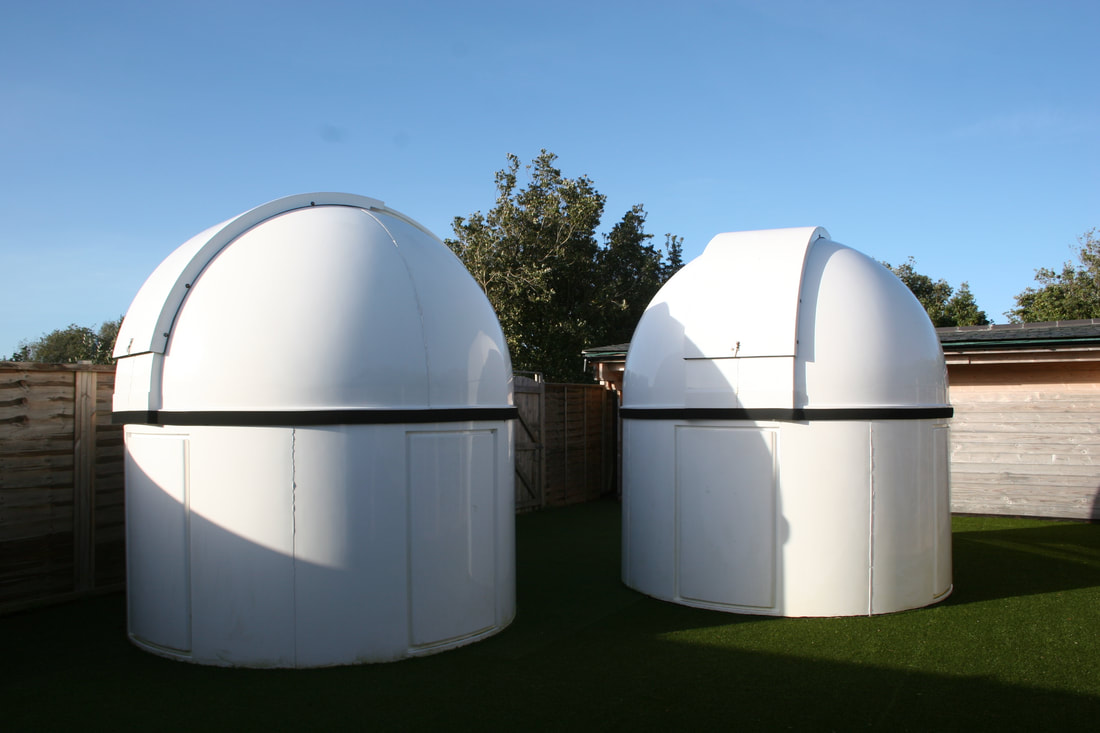 Here on St Martin's, we community astronomers have our metaphorical telescopes pointing toward a distant galaxy, Optimism – rarely seen in 2020, but once again appearing in view in our equally metaphorical eyepieces. It's been refreshing to see new faces on the island as we tentatively take steps towards normality - though that concept is now more loaded. We are delighted that we will be open again regularly to the public this year, and we can’t wait to welcome more of you to our observatory. The observatory will be open to the public on Tuesday nights and Friday afternoons, from the week commencing 17 May until the end of October 2021. This is, of course, subject to government guidelines regarding COVID-19. We will be running sessions slightly differently this year, with smaller group sizes and shorter session lengths. Tuesday evenings, you can book in at 8 or 9pm for a 50 minute session. Friday afternoons will be drop-ins – this may change if we suddenly find that lots of people are choosing to come to these, but historically they have been quieter. We have a super solar telescope that can only be used during the day, and it’s quite something to take a (safe) closer look at our nearest star, the Sun, through an eyepiece. We used it earlier today, and observed first-hand some 'oooh'-inducing solar flares. Solar-gazing is a great experience for all ages – so it’s worth considering a visit to us on a Friday afternoon, especially as full darkness is not guaranteed (!) by 10pm on Scilly in the summer months. There's an excellent anecdote of a well-meaning visitor asking why we couldn’t make it darker, at 9pm on a late June night. If I could choose a superpower, the ability to control the movement of the Sun might be one I’d want; that, and the ability to make clouds disappear with a dramatic flourish of my arms. Unfortunately, we can’t control the weather here, and our regular sessions run rain or shine, light or dark. The astronomy ‘season’ in the UK tends to start in September and runs through till late March, quite out of sync with Scilly’s tourist season! We have lots to show you whenever you visit and we’ll help you leave with more knowledge about the night sky on Scilly – but of course, we’ll be looking through telescopes with you whenever we can. We're in a bit of an in-between-y season, sky-wise. I'm eagerly waiting for Saturn and Jupiter to be viewable and for the Summer constellations and Milky Way to rise, while the familiar Winter features - Orion, Gemini, Taurus - taunt us by being slightly too low in the dark sky to enjoy their deep-sky delights! Still, a dark sky is always a wondrous, humbling thing on Scilly: there are myriad worlds out there, and aren't we fortunate to see them as we can. Spring highlights include the supermoons on the night of 26-27 April and 26 May. Supermoons occur when there is a Full Moon coinciding with the Moon being closest to Earth in its elliptical orbit. The Moon can look up to 14% bigger and up to 30% brighter – so it’s well worth gazing at! 4 May sees the peak of activity of the Eta Aquariids meteor shower. These meteors come from the stream of debris left behind by Halley’s Comet. Look out for long streaks of light that might last for several seconds! To find out more about visiting the observatory, visit our website www.cosmosscilly.co.uk and to book, or if you have any questions, email [email protected].
1 Comment
|
BYCharlie Payne POSTS
September 2024
|

 RSS Feed
RSS Feed